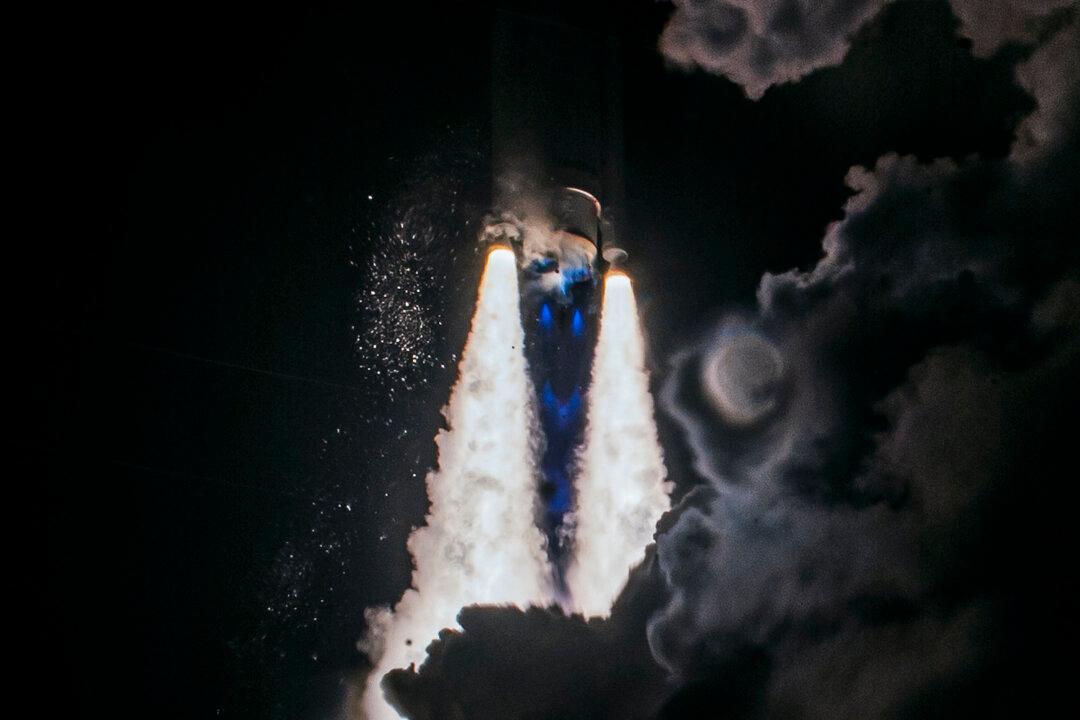A “critical loss” of fuel caused by a leak may have doomed the United States’s first attempt to land a craft on the moon in over five decades.
Astrobotic Technology, a private company based in Pittsburgh, announced the launch of its unmanned lunar landing, Peregrine, on Jan. 8. In the early hours of the morning, the craft launched on a United Launch Alliance (ULA) Vulcan rocket from Cape Canaveral Space Force Station in Florida.





